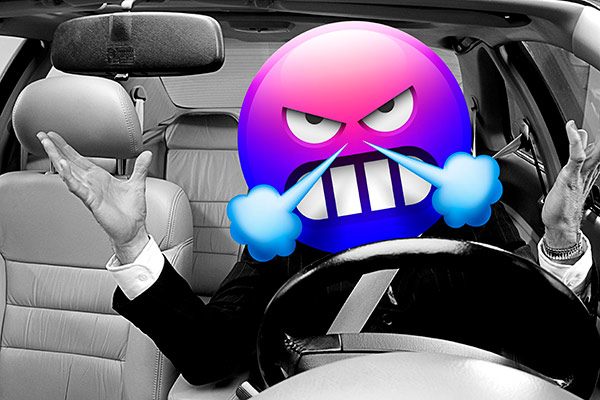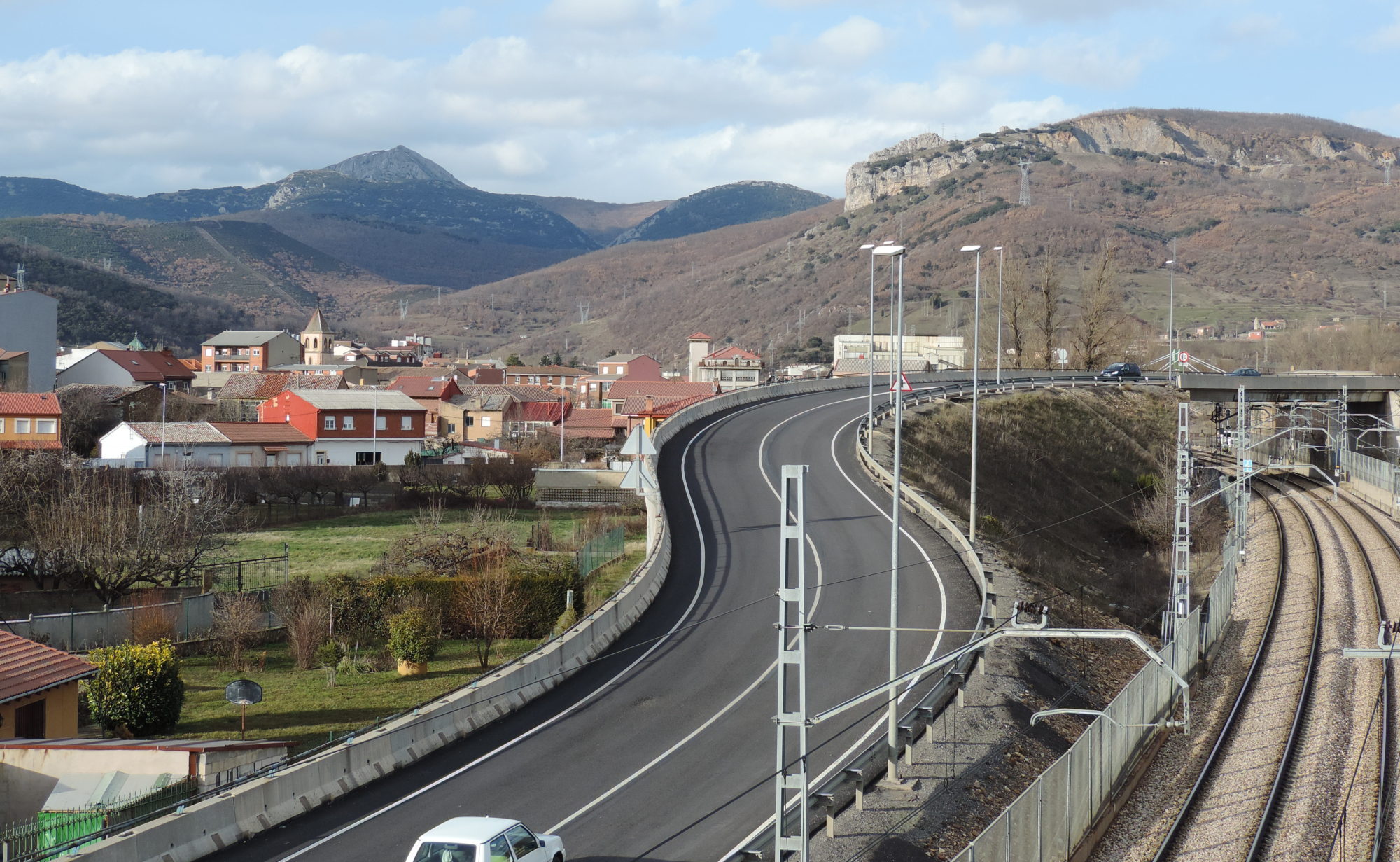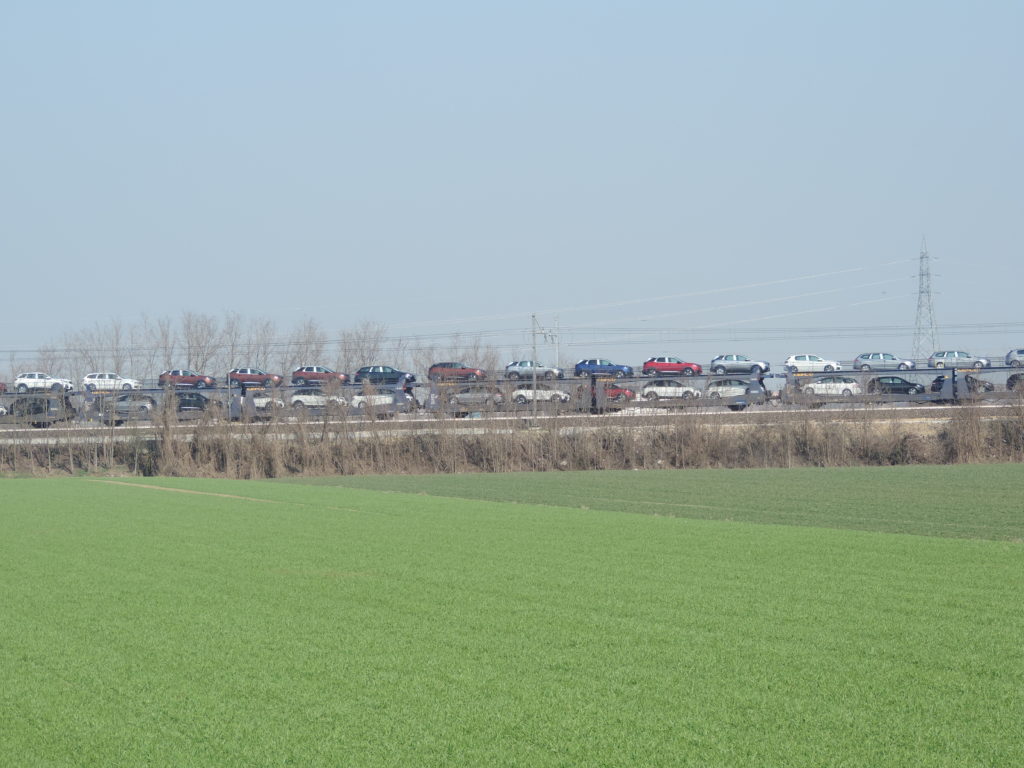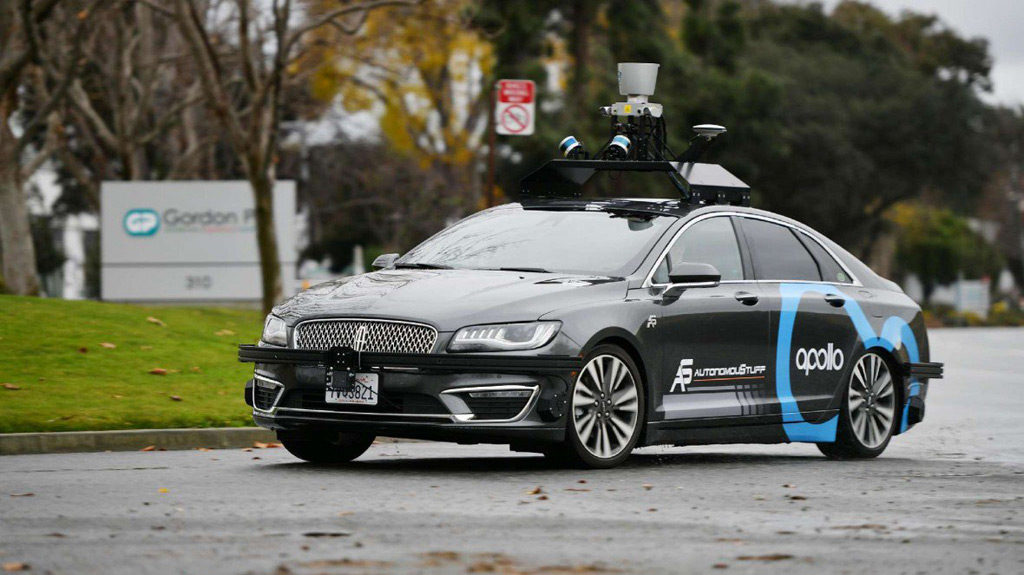My first ever post was about self-driving cars. I am not really an expert on them, and only have a limited interest in them. I envisioned a set of posts to bring the website’s focus from cars to journeys, but I have no desire to write about cars. However, I do need to express my choice of name for this blog.
I came up with the phrase “people drive cars” when I was 25 years old. I had about nine years of driving experience by then and just enough intelligence and wisdom to analyze how other’s drove. Periodically I would notice how fast or slow people went, whether or not they used their turn signals, and how they handled lane changes and other maneuvers . I noticed these things despite the fact I had lots of other things to do while driving, like listening to the radio, think about random thoughts, and of course, drive!
How do other people drive?

When I first noticed these things, I did not giving them much thought. However, I soon began trying to connect what I saw with the people in the cars. For example, sometimes someone would speed past me on the highway and cut me off without using a turn signal or leaving space between us. At first I thought like everyone else does, that this person is an aggressive driver. However, my mind began the wonderfully human process of looking at things from another point of view, this time the view of the other driver.
Maybe this person was a new driver with a lead foot, requiring all his ability and focus to get their car where he wanted it, no brain power to spare to signal or check blind spots or notice how fast he was going.
Maybe the driver loved to go fast, and had no sympathy for the slow drivers around her, meaning everybody else on the road.
Perhaps he was very late for a meeting. It could be that she was herself cut off and felt a temporary surge of rage. The same rage I could have felt if I let such an action get to me.
Speeding to conclusions
Whatever the case may be, we quickly come to conclusions. We not only state how poorly that person drove but also about what they were feeling and thinking. And if we do that then we start speculating about what kind of person they are. And snap judgments about a person’s character from a fleeting encounter are not likely to be entirely correct.
I tried not to come to any conclusions from just one driver at one particular point in time. I let many encounters of all types happen before I started trying to piece some ideas together in my mind. This led me to the phrase “people drive cars”, emphasis on people.
People and cars
Cars are cars. Some are cool, some are expensive, some are really dangerous, and some even drive themselves, but all are tools at the mercy of people. People decide where to go, when to go, and why. For the vast majority of us, we put our foot to the pedal and our hands to the steering wheel. We make our cars go and stop as we please, as if they were an extension of our very being, though some of us with a bit more dexterity and precision than others.
Though I was able to develop this insight, the thoughts would not stop pouring into my head. Everyone on the road (presumably) has their driver’s license, but what does that actually mean? There are really old drivers out there who got their licenses when the requirements were very different. Some people learned to drive elsewhere and brought their habits (good or bad) to our roads. Distracted people, crazy people, tired people, and weird people are out there driving. Some of these people should not be driving. And yet, they are.
Bad driving with a good friend
I remember one night when I was out late drinking with a few of my friends. It was very late and I could not go home since the subway had stopped running. One of my friends offered to let me sleep in his family’s home, and I took up the offer. As he drove to his place we stopped at an intersection to turn left. So far so good, except the traffic light was green. That was a surprise. What happened next was even more surprising. As soon as the light turned red, my friend raced through the left turn! This was despite the red light and the few cars that had gathered on the opposing street. I went from surprised to scared straight!
I was odd seeing my friend drive like this, he who was usually quiet and calm. Maybe he was tired, as the hour was late. It could have been that he might have had a bit too much to drink. Perhaps it was the somewhat outlandish stereotype of him being Chinese that was the cause. But you have to wonder, even with all these issues (real or imagined or made up stereotypes), was it possible that he had a certain way of driving which made him susceptible to stopping at a green light and driving through a red light? Or was I overthinking the situation while being tipsy and afraid for my life?
Human actions make cars go
Since then, I have seen many more examples of human behaviour, both within a car and without. Though I still have much to learn about the human condition, I am aware that most actions do not have simple causes and thoughts behind them, leading me to always remind myself that “people drive cars”.
With the name out of the way, I hope to explain the connection between this site’s name and my topic of interest – journeys. However, that will have to wait for another post.


